Healthy aquariums with conditions close to nature
The right water values depend on the water you start with, the fish stock and the existing plants. Even if the water looks clear it can be contaminated. With bad values diseases or algae can appear in the aquarium. To maintain a healthy aquarium with conditions close to nature regular checks and adaptions of the water values are important. The JBL test strips serve here as a general guidance.
The following parameters can be determined in a quick test:
disinfectants in the tap water: chlorine test
acidity of the water: pH test from 6.4 up to 9.0
stability of the water: KH test from 0 up to 20 °dKH
general hardness of the water: GH test from <1 to >21 °dKH
toxic nitrogen compounds: NO2 from 0 up to 10 mg/l
cause of algae: NO3 from 0 up to 250 mg/l
asy to use
Dip the test strip into the aquarium water and move it for 2-3 seconds. Take test strip out of the water and hold it horizontally to allow the water to drain off. Compare the values of the test strip after 60 seconds with the colour scale on the package.
Store the test strips in a cool and dry place. Only remove the number of strips which are immediately required.
You can analyse the water values you have measured in the JBL Online Laboratory free of charge and receive our recommendations.
JBL PROAQUATEST EASY 7in1
Test strips for quick aquarium water testing
- Test strips for testing 7 important water values in 1 minute: quick test for general guidance when testing aquarium, pond, well and tap water
- Easy to use: Move the test strip in the water for 2-3 seconds. Remove the test strip. Let the water drain off sideways. Compare the test strip with the colour scale on the packaging after 1 minute. Read off the CO2 value in the table
- Determines the following water values: chlorine, acidity (pH), general hardness (GH), toxic nitrite compound (NO2), cause of algae (NO3), pH stability (KH) and main plant nutrient (CO2 content using the table)
- Further tests for phosphate or ammonium/ammonia etc. are available as individual tests in the JBL program
- Package contents: test strips EasyTest 7 in 1 on colour scale and CO2 table. Contents: 50 test strips
JBL PROAQUATEST EASY 7in1
Properties
| Animal species: | Armored catfish, Arowana, Axolotl, Barbels, Bettas, Bichirs/reedfish, Blowfish, Catfish, Cichlids (South America), Clawed frogs, Clawed shrimps, Crayfish, Crustaceans, Danions, Discus, Dwarf crayfish, Dwarf shrimps, Flowerhorn, Gill maggots, Goldfish, Gouramis, Guppy, Juvenile fish, Killifish, Livebearers, Loaches, Mussels, Newts, Panchaxes, Rainbowfish, Snails, Spiny eels, Terrapins, Tetra, Tropical terrapin, Veiltails, Water turtles, blood parrot cichlids, freshwater butterflyfish |
| Animal size: | For all animal sizes |
| Animal age group: | All aquarium fish |
| Material: | Paper strip, prepared |
| Colour: | multicoloured |
| Dosage: | See instructions |
Electronic label / illuminant
| Mercury: | No |
| Dimmable: | No |
Technical Data
| Height: | 50 mm |
| Length: | 50 mm |
| Width: | 150 mm |
Yes, because the test strip will continue to react further. That’s why a strip can only be used once. A repeat measurement would result in different values, as these change considerably after 70+ seconds. Please note that the value for chlorine is to be read after a few seconds.
Have you lost your record sheets, used them all up, or need them in another language?
In the appendix of this FAQ you will find PDF files for printing them out in German, English and French.
Test strips are sensitive to moisture. The reaction starts immediately on contact. Please only remove the number of test strips you need and immediately reseal the container. The container contains a desiccant to absorb the moisture from any air trapped inside. If the container is left open for some time, a reaction may already have occurred rendering the test strips unusable. The digital test strips for JBL PROSCAN are much more sensitive to the effects of moisture than the somewhat coarser scaled JBL PROAQUATEST EASY 7in1. Always store the test strips in a cool and dry place.
In weakly buffered solutions such test methods can’t deliver reliable test results for pH values.
Further parameters, such as NO3, NO2, GH, KH und Cl are not affected by this. But the calculations of the CO2 content can here also lead to incorrect values.
That’s correct. Phosphorous pentoxide influences the indicator used in the JBL EasyTest for general hardness.
Phosphorous pentoxide is used – among other things – in home installations to protect the pipes of household water softening systems.
In this case it is advisable to determine the general hardness separately with the JBL GH test.
Reviews
3 Reviews
Amazing and quick testing of your water parameters, with app you can have your results in just 60 seconds. Highly recommend this product, using it for 2 years already. :)
Super easy and quick test for your tanks :) great product..
A really fast way to test your water parameters. Incredibly easy to use. If you want to be even more precise then you can purchase one of the Proaquatest kits!
11 more reviews in other languages
11 Reviews in other languages
überzeugt durch seine einfache Handhabung und die Möglichkeit, schnell einen umfassenden Überblick über die Wasserqualität zu erhalten. Die sieben getesteten Parameter decken die wesentlichen Aspekte der Wasserchemie ab und sind besonders für Aquarien.
Perfekt um mal schnell die Wasserwerte zu testen wenn man nicht gerade lust und Zeit hat den kompletten genauen test der JBL TestKoffer zu benutzen. Man kann darauf sehr genau die essentiellen wasserwerte der Fische testen. 100% weiterempfehlung und gehört auf jede Aquarianer Einkaufsliste:)
Super einfach in der Anwendung und damit hat man schnell auf einen Blick, alle wichtigen Wasserparameter im Blick!
Super Sache.
Test commode et rapide à mettre en œuvre mais les résultats diffèrent sensiblement de ceux obtenus avec les tests colorimétriques standards de JBL. Notamment pH et NO2.
Très pratique en complément des tests goutte de la malette, pour vérifier vite fait la qualité de l'eau entre 2 tests gouttes.
Les résultats sont cohérents avec les tests gouttes, plus précis que ceux d'une autre marque que j'avais achetés auparavant.
Je recommande.
Océane/GEPP
Ideal um schnell das Wasser zu testen. Mittlerweile benutze ich jedoch das ProScan Set, da man hier die Werte direkt auf dem Handy angezeigt bekommt und auch speichern kann. Wer es ganz genau wissen will kann den JBL Tröpfchen-Test verwenden. Aber für den "schnellen Check" reichen die Stäbchen allemal.
Preis-Leistung stimmt hier auf jeden Fall!
Viele Grüße
aquaristik_4_life
(Schaut gerne auf meiner Instagram Seite vorbei :-))
Günstiger und einfacher Grundtest, wobei sich die Ablesung der Karbonathärte schwierig gestaltet. Bei meinem Test wird das Testfeld im Aquarienwasser, im Leitungswasser und gefilterten Wasser stets grau-bräunlich - mal dunkler, mal heller - und passt nicht recht zur Vergleichs-Farbskala.
Der Kontakt zu JBL zwecks Rückfrage ist dann auch recht umständlich, Registrierung mit Angabe aller pers. Daten unumgänglich.
Sehr gute Teststreifen, welche sich für eine schnelle und zuverlässige Anwendung eignen. Nach nur einer Minute lassen sich die wichtigsten Wasserwerte mühelos ablesen. Bei einem Inhalt von 50 Teststreifen meiner Meinung nach ein super Preis-Leistungsverhältnis!
Kann ich jedem Aquarianer empfehlen, der seine Wasserwerte testen will, ohne gleich viel Geld ausgeben zu müssen.
Super Teststreifen! Zeigen gut, zuverlässig und schnell die Wasserwerte an. Meiner Meinung nach sind sie identisch mit JBL ProSCAN Teststreifen. Nur das doppelt so viele in der Packung sind, bei gleichem Preis. Bei mir wichen die Werte bei Testmessungen nicht von einander ab. ;-)
Elemento fondamentale per esaminare la qualità dell’acqua molto semplici da usare di facile comprensione alleato fondamentale per valutare i valori dell’acqua, test molto precisi direi fondamentali per i nostri acquari.
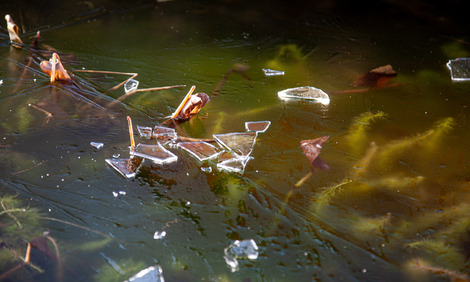
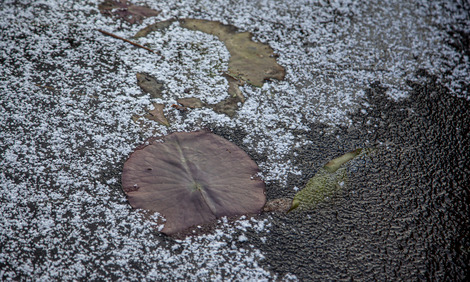
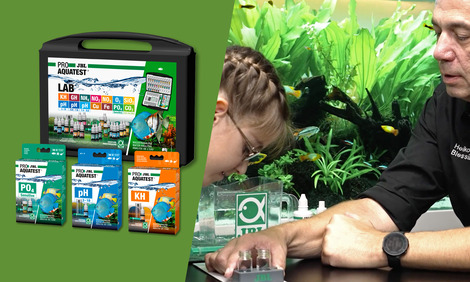
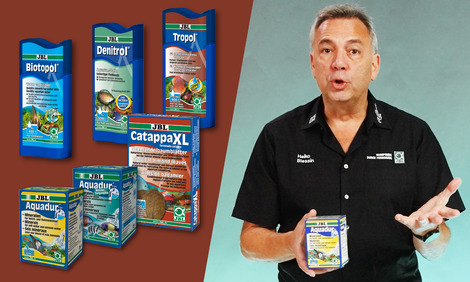
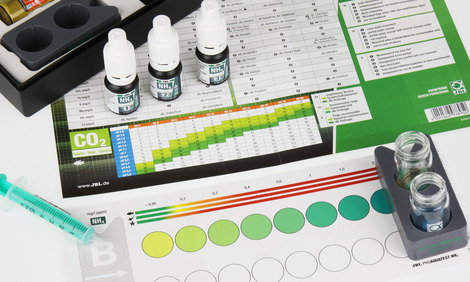
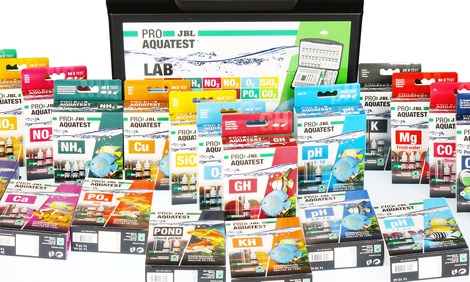
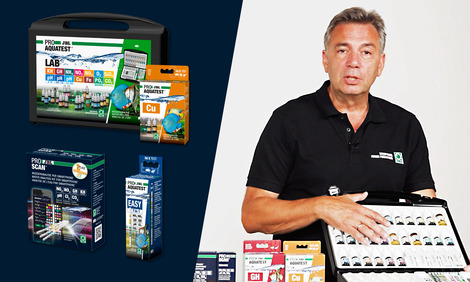
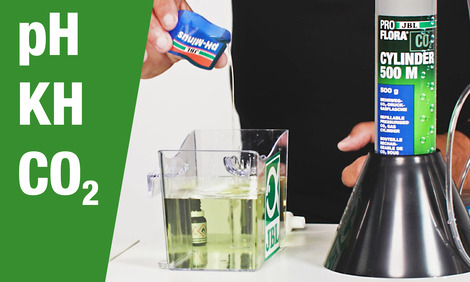
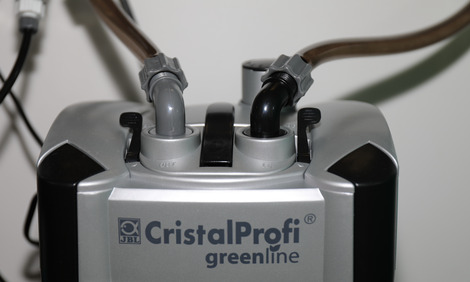
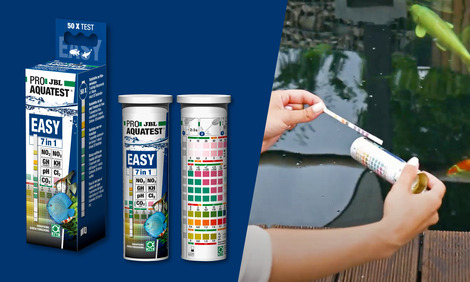
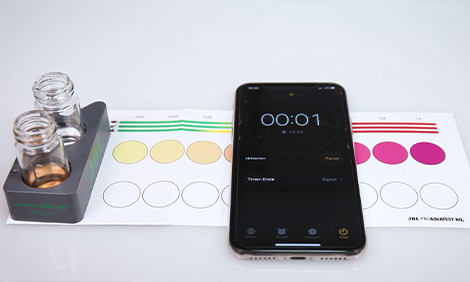
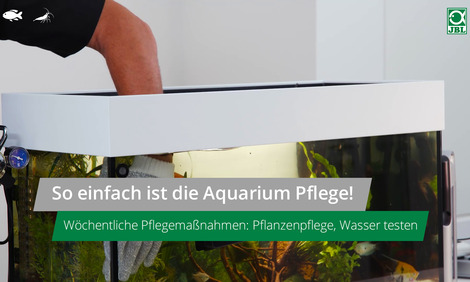
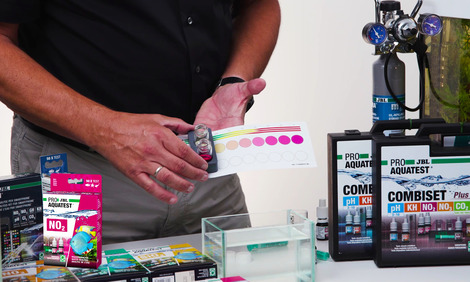
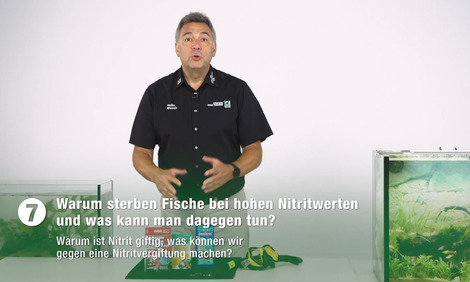
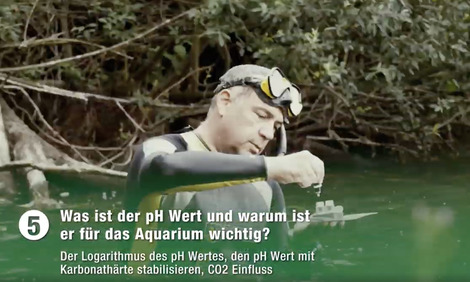
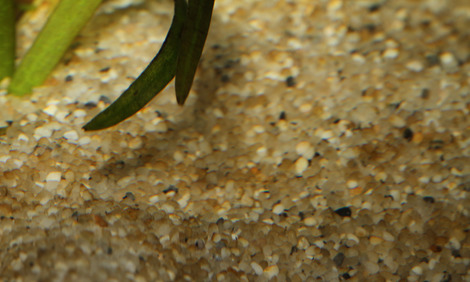
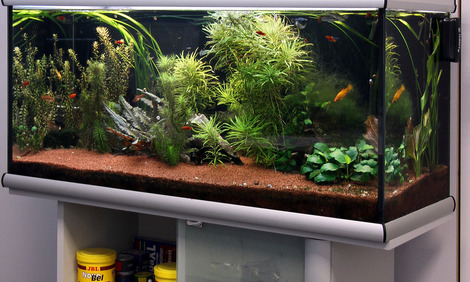
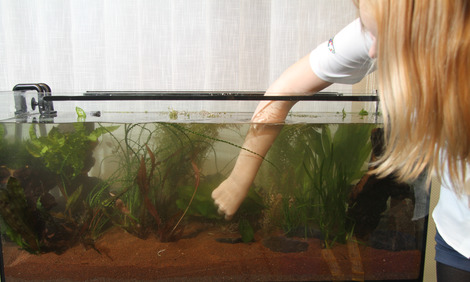

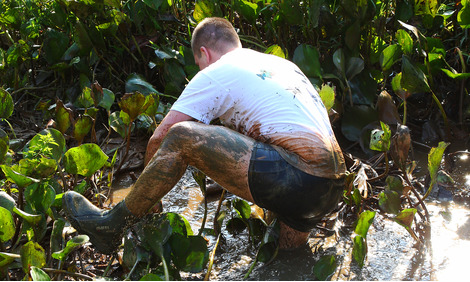
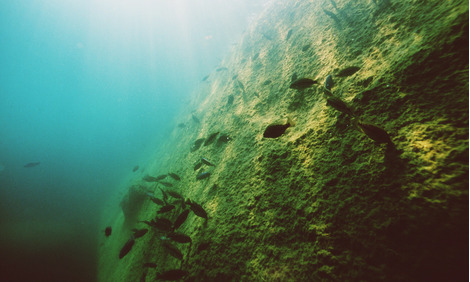
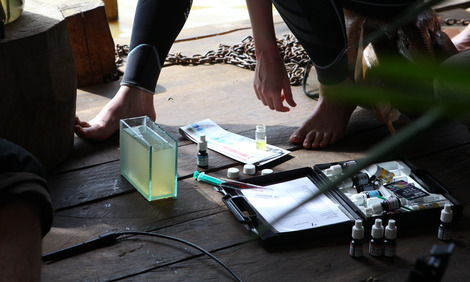
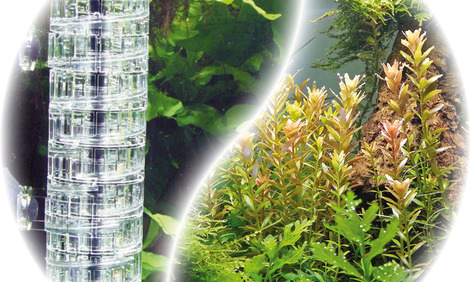
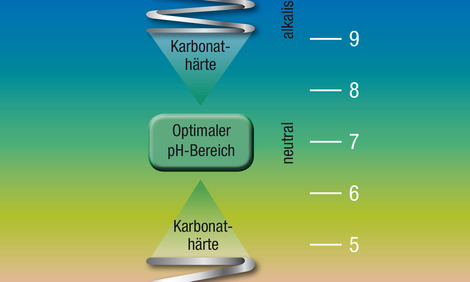
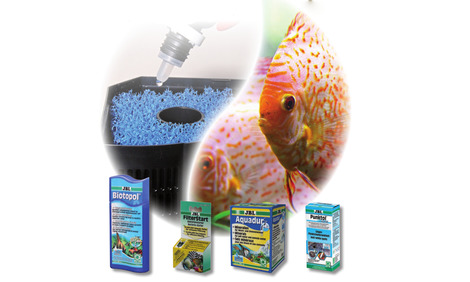
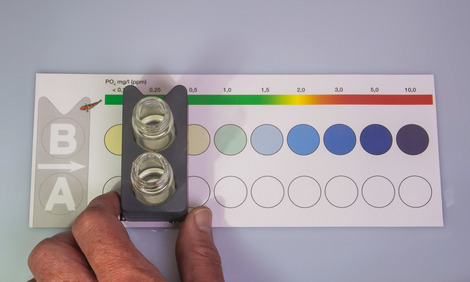
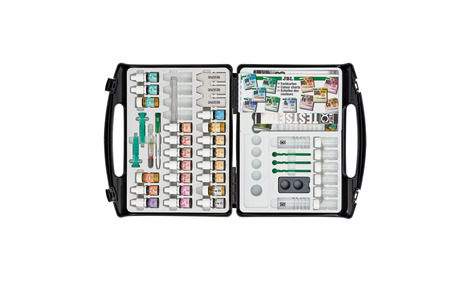
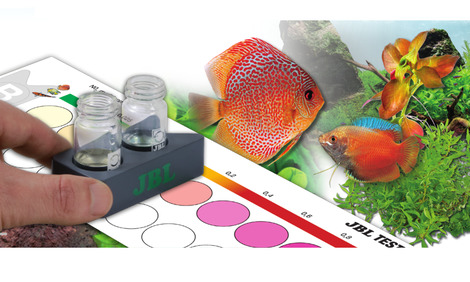
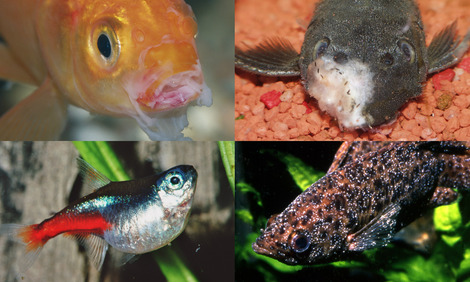
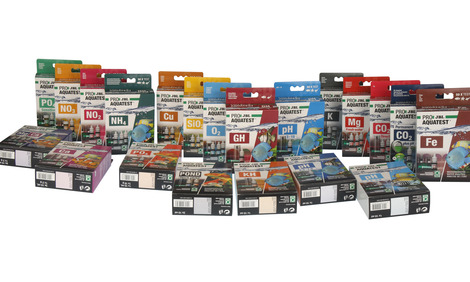
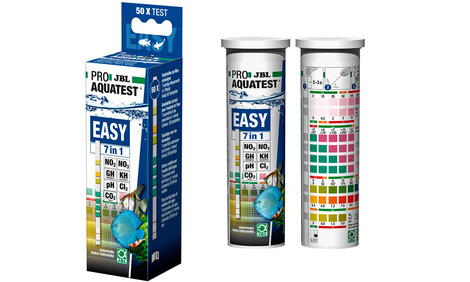
Chaque test a une échelle de mesure prédéterminée qui permet d’affecter des paramètres à l’eau. Les graduations ne sont pas les mêmes dans un test en gouttes que dans le JBL PROAQUATEST EASY 7in1. JBL PROAQUATEST EASY 7in1 possède aussi une échelle pour saisir les valeurs et éviter les sauts d’échelons en cas de mesures répétées. Des différences importantes entre les valeurs sont généralement le signe d’une mauvaise utilisation en rapport avec des ombres portées et des réflexions. Faites le test de préférence près d’une fenêtre claire. La lumière directe venant du haut donne des ombres portées ou des réflexions qui changent certains rendus de couleurs. Pensez aussi au fait que la languette d’analyse doit TOUJOURS être secouée sur le côté. Des « flaques d’eau » font réagir les cases entre elles et engendrent des réflexions.